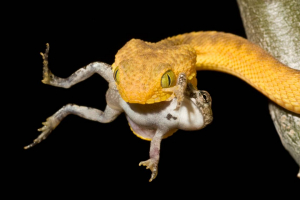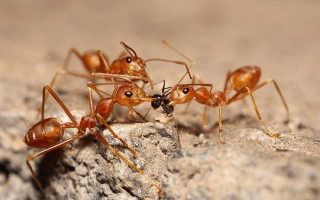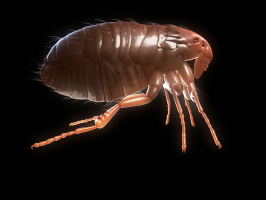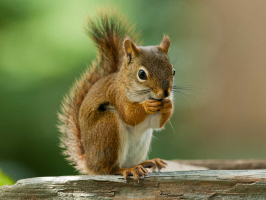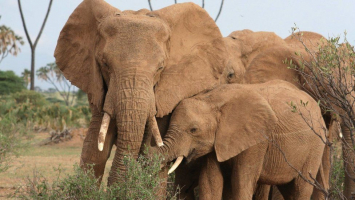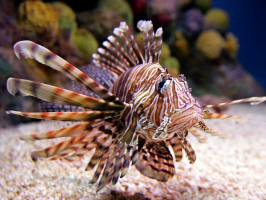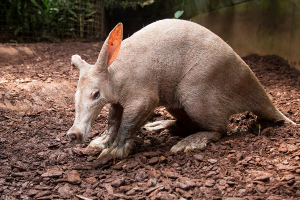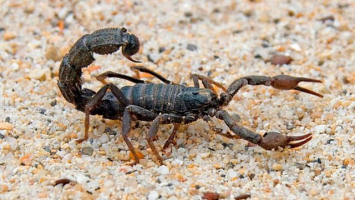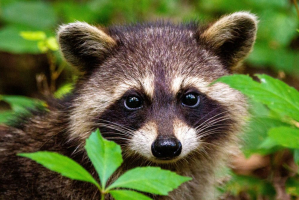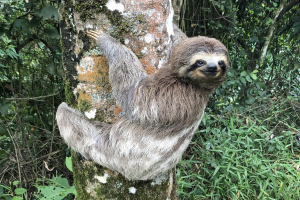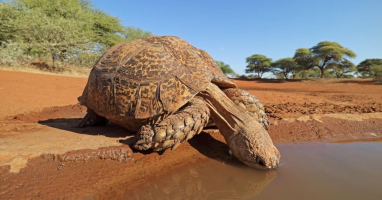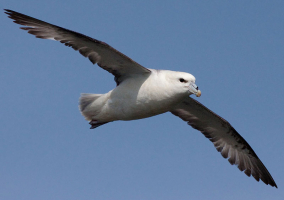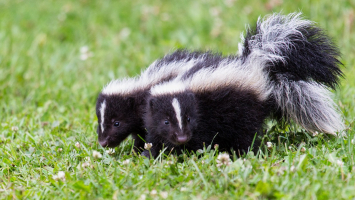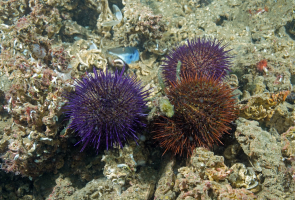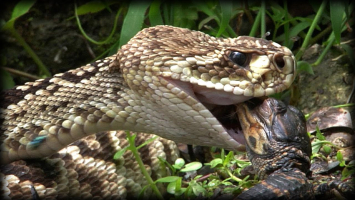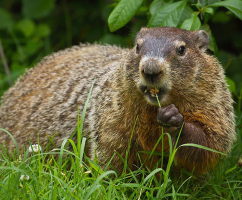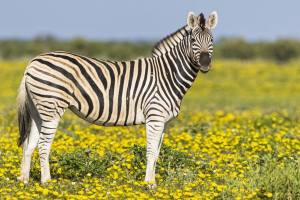Top 6 Predators Of Hedgehogs that Eat Hedgehogs
Small, insectivorous animals known as hedgehogs live in Africa, Eurasia, Borneo, southern Asia, and New Zealand, where they were imported in the 19th century. ... read more...These creatures have prickly spines all over them, which they use as a defense mechanism against predators by balling up when threatened, giving the impression that they would make a very unpleasant snack. While some assailants are deterred by the hedgehog's spines, other predators, such as birds of prey, certain species of carnivorous animals, and snakes, can hunt and consume hedgehogs. Here is the list of some predators of hedgehogs that eat hedgehogs.
-
The order Strigiformes, which has approximately 200 species of largely nocturnal, solitary birds of prey, includes owls. These birds are characterized by erect postures, broad, huge heads, binocular eyesight, binaural hearing, keen talons, and feathers designed for silent flight. The nocturnal northern hawk-owl and the social burrowing owl are two exceptions. Owls are primarily attack small mammals, insects, and other birds, while certain species are fish hunters. They can be found everywhere on Earth, with the exception of some isolated islands and the polar ice caps.
One of the predators of hedgehogs that eat hedgehogs is owls. Hedgehogs are a common meal for large owls, such as the Eurasian eagle owl. Being nocturnal means that owls and hedgehogs sleep during the day and are active at night. Like many other owl species, the Eurasian eagle owl can flap its wings silently while it hunts, denying the hedgehog any opportunity to curl into a defensive ball because there are no warning noises.
The owls' hunting technique heavily relies on surprise and stealth. Owls have at least two adaptations that help them blend with their surroundings. First, under some circumstances, their feathers' drab coloring can make them virtually unnoticeable. Second, an owl's leading edge remixes have serrated edges that soften the wing beats, making flight virtually silent. This trait is absent in some fish-eating owls, for which quiet has no evolutionary advantage. An owl may kill its victim before devouring it whole because of its sharp beak and strong talons. The owls' propensity to regurgitate the inedible components of their prey (such as bones, scales, and fur) as pellets are helpful to researchers looking into their diets.
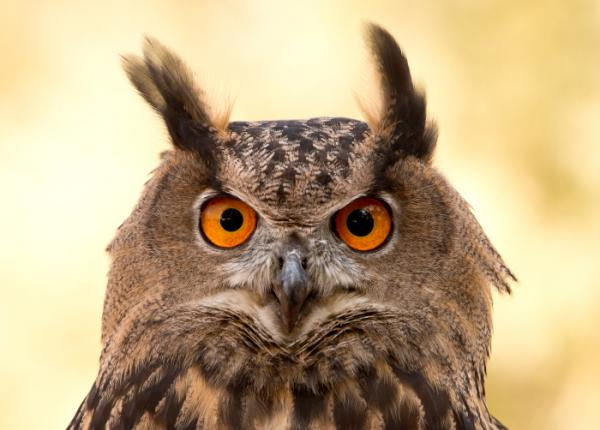
Photo: peregrinefund 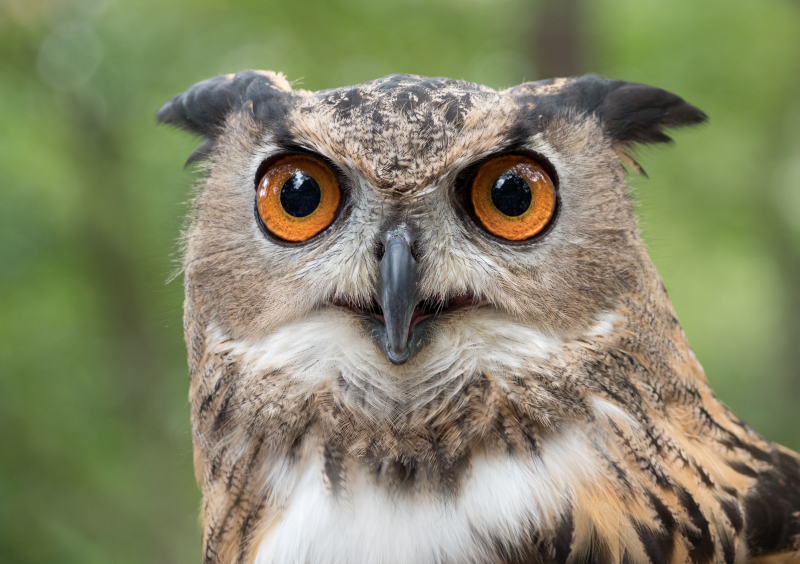
Photo: wikipedia -
Foxes, wolves, jackals, and other canids, commonly known as canines, are part of the dog family (Canidae). They are typically long-legged, skinny animals with long muzzles, bushy tails, and upright pointed ears that can be found all across the world.
The canine tooth evolved and is largely used for holding food firmly in order to pull it apart, though it may also be used as a weapon on occasion. Humans and dogs are two examples of creatures that generally have four, two in the upper jaw and two in the lower, divided by incisors in each jaw. The canines are the teeth in the maxillary bone that are most anterior in most species.
It's possible for a hedgehog to be attacked and eaten by several Canidae species. In order to force the hedgehog back open if it has coiled up into a spiny ball, a dog may insert his nose between the hedgehog's curled coat's edges. A hedgehog's dog bite may be difficult to detect. Long canines have the potential to pierce the tissue just below the spines. Even while the wound may recover fast, if it becomes infected, the hedgehog will continue to experience troubles for weeks after the incident.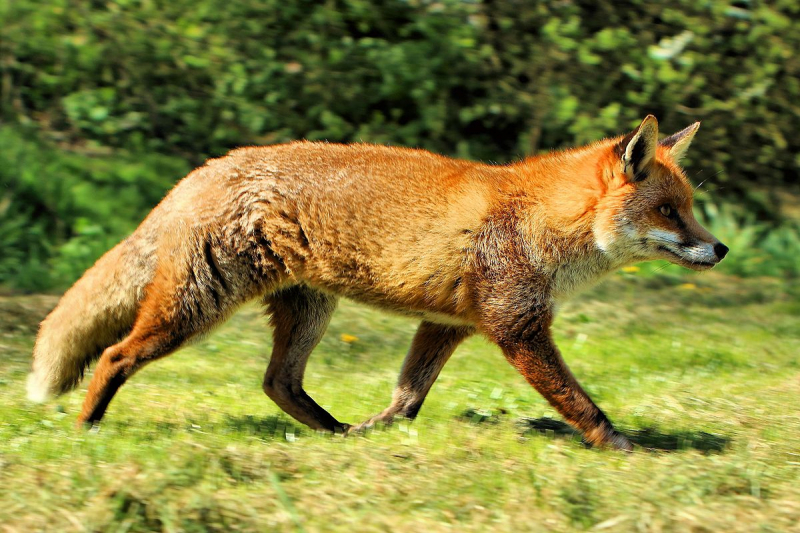
Photo: wikipedia 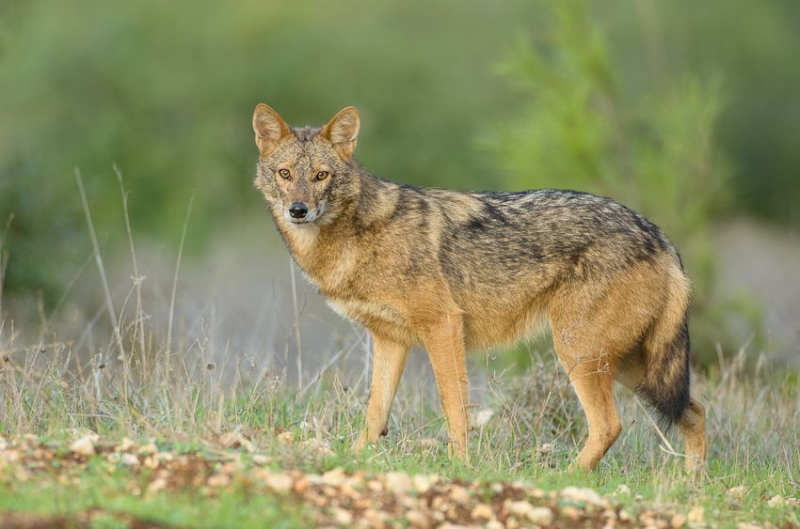
Photo: newsroom -
The Herpestidae family of tiny terrestrial carnivorous mammals includes the mongoose. The Herpestinae and the Mungotinae are the two subfamilies that make up this family today. The Mungotinae consists of 11 species native to Africa, while the Herpestinae consists of 23 live species native to Southern Europe, Africa, and Asia.
Mongooses have long bodies and faces, short legs, and long, tapering tails. They also have small, rounded ears. The majority have grizzly or brindled coats, although a few have intensely marked coats that resemble mustelids in appearance. They mostly use their non-retractile claws for digging. Similar to goats, mongooses have small, ovular pupils.
There are at least four known mammalian species with mutations in the nicotinic acetylcholine receptor that provide protection from snake venom, and mongooses are one of them. Their altered receptors block the binding of the neurotoxic in snake venom. They signify four distinct, independent alterations. Only in the mongoose does glycosylation play a role in this transformation.
One of the predators of hedgehogs that eat hedgehogs is mongooses. Since it is not uncommon for this hedgehog predator to go for deadly snakes like cobras, they have evolved all kinds of inventive strategies for going after prey that employ various protection mechanisms. Indian hedgehogs are typically the prey they are after. It's common to equate the mongoose's method of grabbing a hedgehog to "cracking open an egg." In order to throw a curled-up animal towards anything hard, they take a hedgehog and roll it into a ball. It is intended to "break" them, much like a shell. Another impact of this approach is to shock or harm the target until the hedgehog uncurls as a result of the pain. In this situation, the hedgehog is swiftly attacked by the mongoose, which then eats it.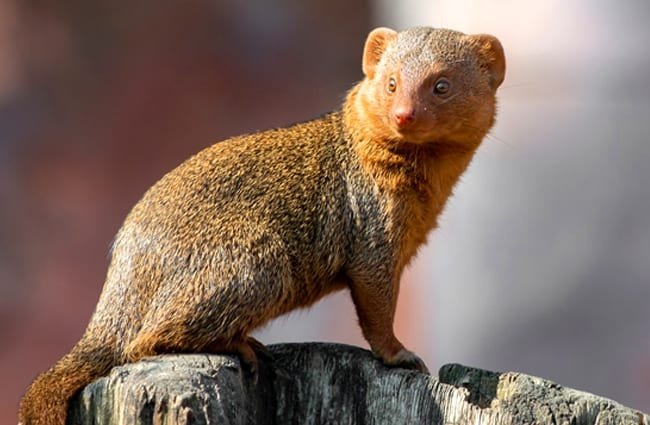
Photo: animals 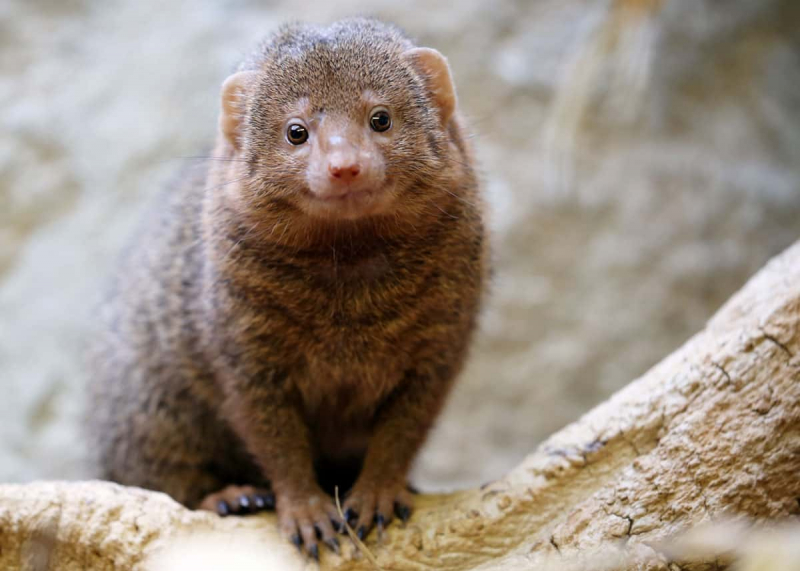
Photo: everywherewild -
Snakes are carnivorous, elongated, limbless reptiles that belong to the Serpente suborder. Snakes are ectothermic, amniote animals with scales that overlap, just like all other squamates. Many snake species have more joints in their skulls than their lizard ancestors had, allowing them to swallow prey that is much larger than their heads (cranial kinesis).
Living snakes are found on every continent, with the exception of Antarctica, and on the majority of smaller land masses. In addition, sea snakes can be found all over the Pacific and Indian oceans. Approximately thirty families, 520 genera, and 3,900 species are now recognized.
The majority of snake species lack venom, and those that have to tend to employ it to kill and subjugate prey rather than defend themselves. Some are capable of killing humans or inflicting serious injuries on them with their venom. Snakes that lack venom either choke their prey to death or devour it whole.
In general, snakes won't bite a hedgehog unless they're after it for food. Some species avoid hedgehogs since the predation occurs in the opposite direction, but there are still some that can be fatal to hedgehogs. Adult hedgehogs are generally safe, but there is little likelihood that a baby hedgehog would survive if it comes into contact with a snake. Hedgehogs are immune to snake venom, which is noteworthy, however, they are not protected against snake suffocation or swallowing techniques.
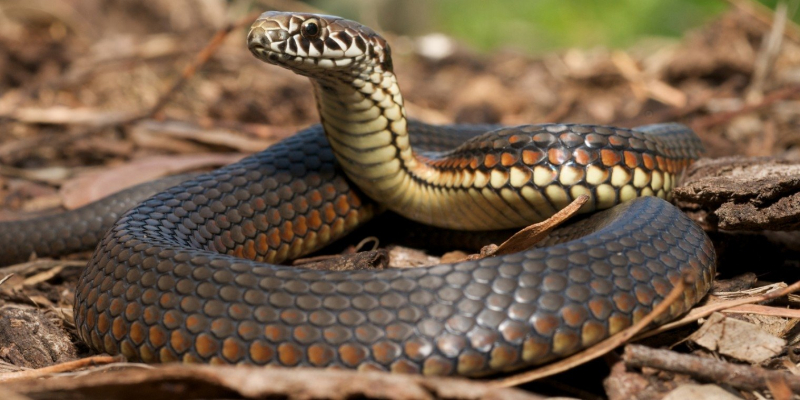
Photo: georgeinstitute 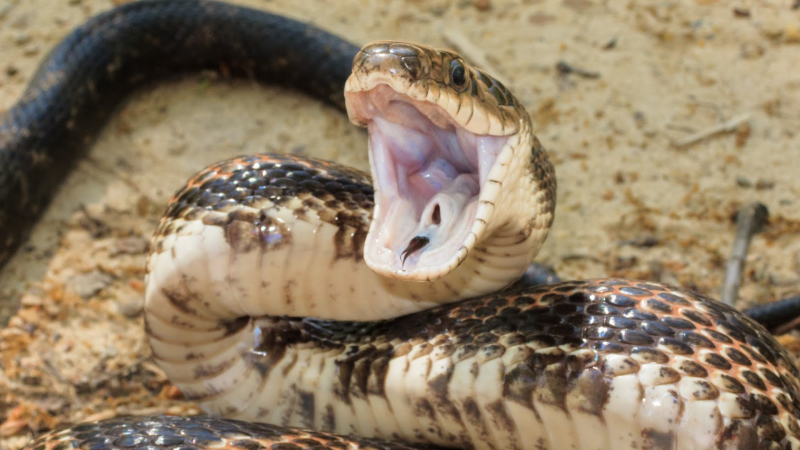
Photo: nytimes -
Mammals belonging to the genus Mustela and the family Mustelidae are known as weasels. Small, energetic predators with long, slender bodies and short legs make up this genus. It is common to refer to the Mustelidae family as the "weasel family".
Weasels prey on tiny mammals and have occasionally been regarded as pests because certain species stole chickens from farms or rabbits from commercial warrens. On the other side, they do consume a lot of rodents. Their distribution includes minor parts of North Africa as well as Europe, North America, much of Asia, and South America.
The weasel is one of the most well-known and effective hedgehog predators. These creatures are not large; they are just slightly larger than hedgehogs. In spite of this, through time they have grown to have a preference for hedgehogs, particularly in New Zealand where these spiky balls are the principal food source for weasels. They have mastered particular methods that enable them to capture a hedgehog and consume its soft sections without suffering from the pain that can be brought on by spikes. Weasels are thus one of the most frequent predators of hedgehogs worldwide, despite the tiny size difference.
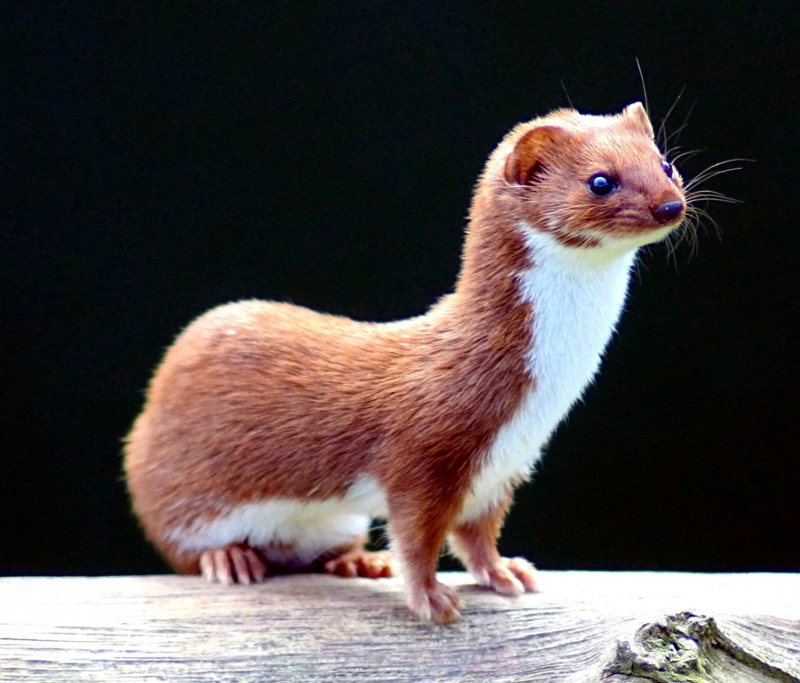
Photo: wikipedia 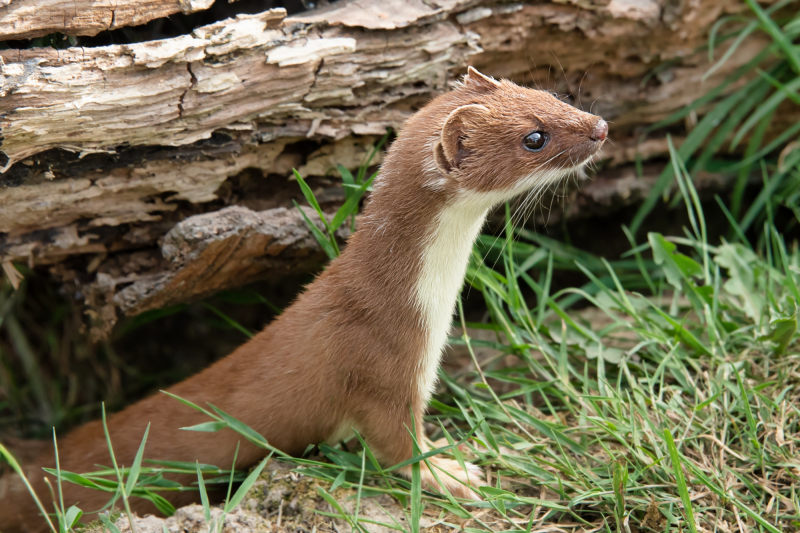
Photo: glenlivet-wildlife.co.uk -
Badgers are omnivorous short-legged members of the Mustelidae family. The squat bodies and adaptations for fossorial behavior of badgers, which are a polyphyletic rather than a natural taxonomic grouping, are what bind them together. All are carnivoran mammals and are members of the caniform suborder.
One of the few predators that can actually unfold a hedgehog that has already curled up into a spike ball is this species of mammal. Although there isn't any concrete proof that badgers "exterminate" hedgehogs, food is the main motivation for them to prey on their spiky neighbors. These two species typically consume the same foods; they primarily consume insects like beetles. Therefore, if a badger and a hedgehog share a meal, there will probably be a food fight. Hedgehogs rarely visit places where badger populations are high because they can be defeated by them. Hedgehog populations actively decline in places where there are no badgers at all, thus it is not shown that there will be a decline in the population if there are many badgers. In truth, they could possibly coexist if there was enough food and a habitat that was suitable for both species.
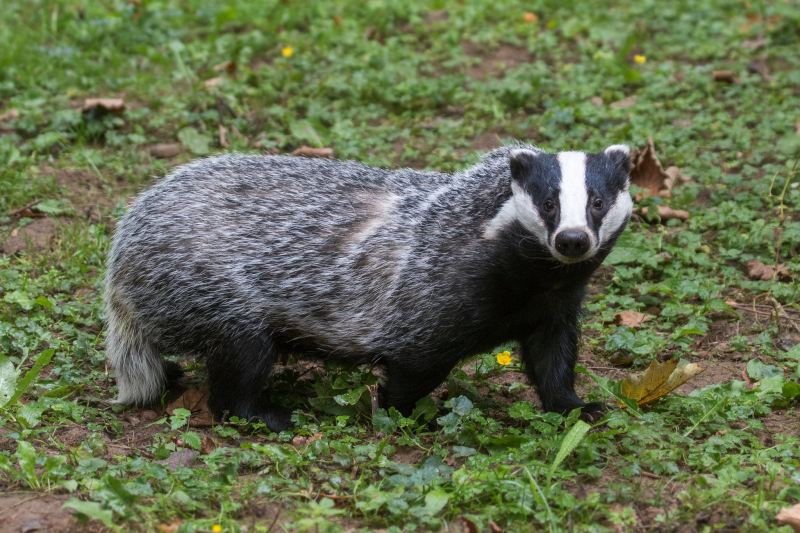
Photo: nytimes 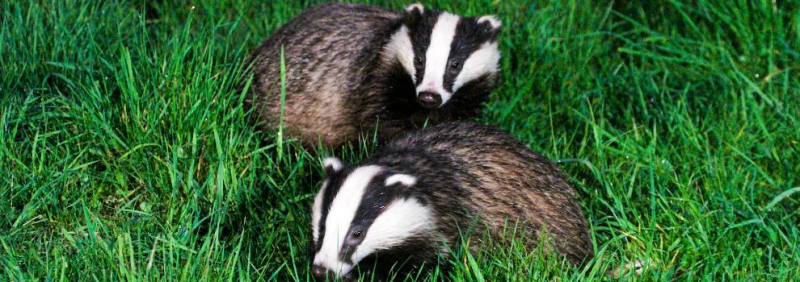
Photo: rspca.org.uk








